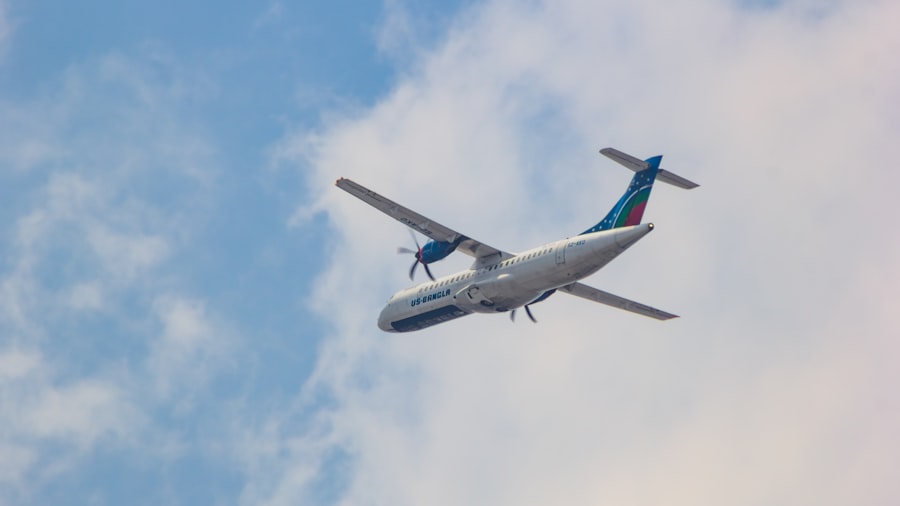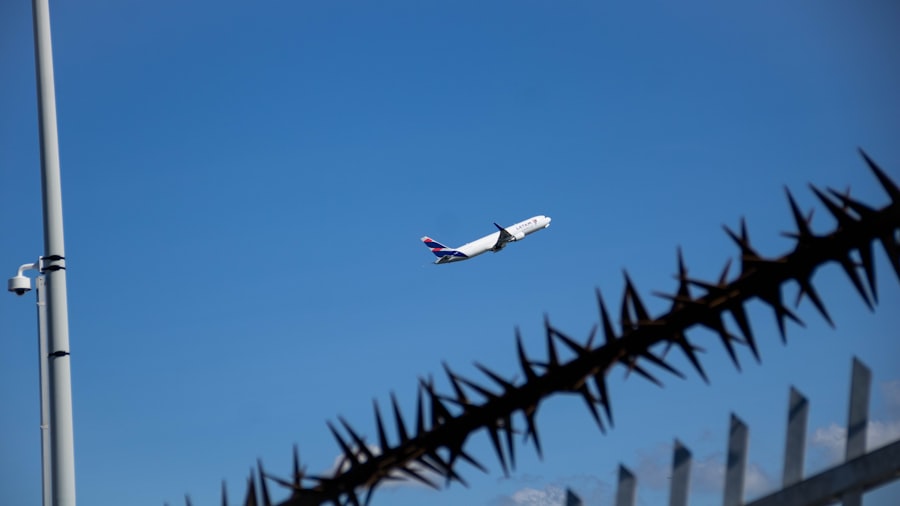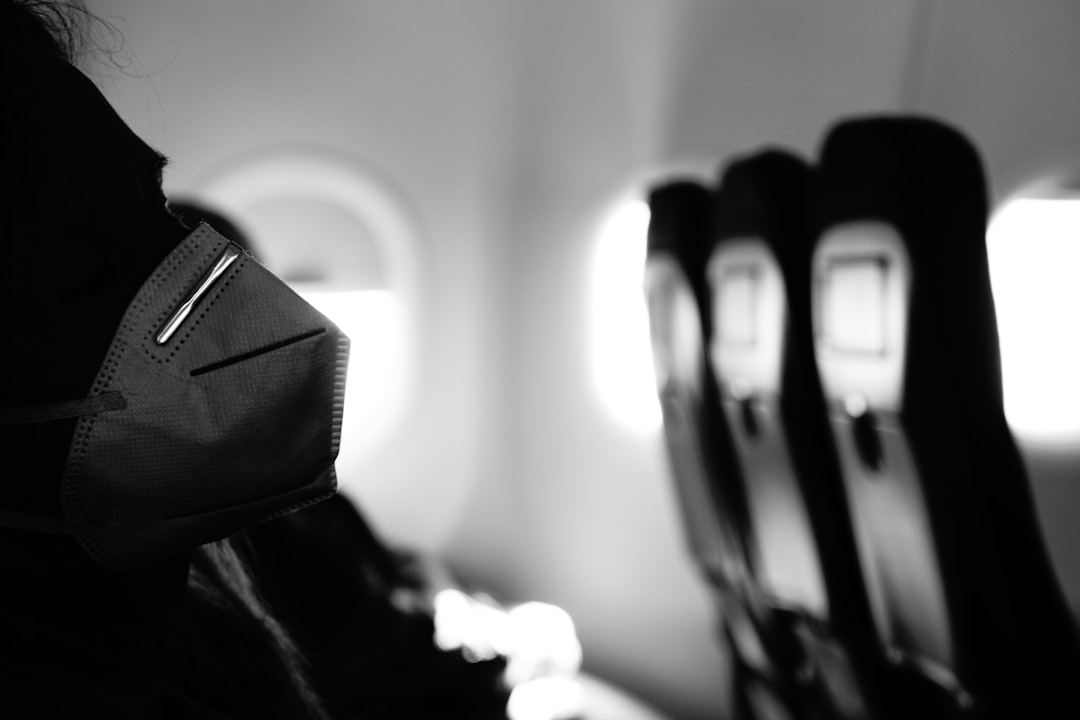Allegiant Airlines, a low-cost carrier based in Las Vegas, Nevada, has carved out a niche in the competitive landscape of American aviation since its inception in 1997. The airline primarily focuses on providing affordable travel options to leisure destinations, catering to travelers seeking budget-friendly alternatives to traditional airlines. Allegiant operates a point-to-point route structure, which allows it to connect smaller regional airports with popular vacation spots, such as Las Vegas, Orlando, and various beach destinations across the United States.
This operational model not only reduces costs but also enhances convenience for travelers who may not have access to major hubs. The airline’s business model is characterized by its no-frills approach, where passengers pay for the base fare and can opt for additional services such as seat selection, baggage, and in-flight refreshments. This strategy has proven effective in attracting a diverse customer base, from families on vacation to solo travelers looking for economical options.
Allegiant’s growth trajectory has been impressive, with the airline expanding its route network significantly over the years. However, this rapid expansion has also raised questions regarding its operational practices, particularly concerning safety and reliability.
Key Takeaways
- Allegiant Airlines is a budget airline based in the United States, known for its low-cost flights and leisure travel destinations.
- The airline has faced scrutiny over its safety record, with a higher number of reported incidents compared to other major carriers.
- Allegiant Airlines has implemented rigorous maintenance procedures and standards to ensure the safety and reliability of its fleet.
- Pilot training and experience at Allegiant Airlines meet industry standards, with a focus on safety and proficiency.
- The airline’s fleet age and reliability are comparable to other budget airlines, with a mix of older and newer aircraft in operation.
Safety record of Allegiant Airlines
Allegiant Airlines has faced scrutiny regarding its safety record, particularly in light of several incidents that have garnered media attention. The airline has experienced a number of mechanical issues and emergency landings over the years, which have raised concerns among passengers and industry observers alike. For instance, in 2015, a report by the Tampa Bay Times highlighted a series of emergency landings due to engine failures and other mechanical problems.
This report prompted further investigation into Allegiant’s safety practices and maintenance protocols. Despite these incidents, it is essential to contextualize Allegiant’s safety record within the broader framework of the aviation industry. The airline operates under the same Federal Aviation Administration (FAA) regulations as other carriers, and statistically, commercial aviation remains one of the safest modes of transportation.
Allegiant has made strides in addressing safety concerns by implementing more rigorous maintenance checks and investing in staff training.
Maintenance procedures and standards

Maintenance procedures at Allegiant Airlines are critical to ensuring the safety and reliability of its fleet. The airline adheres to FAA regulations that mandate regular inspections and maintenance checks for all aircraft.
This dual approach allows the airline to maintain flexibility while ensuring compliance with stringent safety standards. In recent years, Allegiant has made significant investments in its maintenance infrastructure.
The airline has expanded its maintenance facilities and upgraded its equipment to enhance efficiency and safety. For example, Allegiant has implemented a robust preventive maintenance program that focuses on identifying potential issues before they escalate into serious problems. This proactive approach is designed to minimize downtime and ensure that aircraft are always in optimal condition for flight.
Additionally, Allegiant’s maintenance teams undergo continuous training to stay updated on the latest industry standards and best practices.
Pilot training and experience
| Category | Metrics |
|---|---|
| Training | Number of hours of flight training |
| Experience | Number of total flight hours |
| Qualifications | Type ratings and certifications |
| Simulator Training | Hours of simulator training |
The training and experience of pilots at Allegiant Airlines play a crucial role in maintaining safety standards. Allegiant employs a rigorous selection process for its pilots, requiring candidates to possess a minimum number of flight hours and relevant certifications. Once hired, pilots undergo extensive training that includes simulator sessions, ground school instruction, and flight training with experienced instructors.
This comprehensive training program is designed to equip pilots with the skills necessary to handle various flight scenarios, including emergency situations. Moreover, Allegiant emphasizes recurrent training for its pilots to ensure they remain proficient in their skills and knowledge. This ongoing education includes regular simulator sessions that simulate real-world flying conditions and emergency procedures.
Pilots are also required to complete proficiency checks at specified intervals to maintain their certifications. By investing in pilot training and development, Allegiant aims to foster a culture of safety and professionalism within its flight operations.
Fleet age and reliability
The age of an airline’s fleet can significantly impact its reliability and operational performance. Allegiant Airlines operates a relatively young fleet compared to some of its competitors, with an average aircraft age of around 15 years. The airline primarily utilizes Airbus A320 family aircraft, which are known for their fuel efficiency and reliability.
This modern fleet allows Allegiant to maintain lower operating costs while providing passengers with a comfortable flying experience. However, the age of an aircraft does not solely determine its reliability; maintenance practices and operational procedures also play critical roles. Allegiant’s commitment to regular maintenance checks and adherence to FAA regulations helps ensure that its aircraft remain safe and reliable throughout their operational lifespan.
Additionally, the airline’s focus on acquiring newer aircraft models contributes to improved performance metrics, such as fuel efficiency and reduced maintenance costs.
On-time performance and flight cancellations

On-time performance is a key indicator of an airline’s operational efficiency and reliability. Allegiant Airlines has faced challenges in this area, with reports indicating that it has experienced higher-than-average rates of flight cancellations compared to other carriers. Factors contributing to these cancellations include weather-related disruptions, mechanical issues, and staffing shortages.
While these challenges are not unique to Allegiant, they have raised concerns among travelers who prioritize punctuality when booking flights. Despite these challenges, Allegiant has made efforts to improve its on-time performance by optimizing scheduling practices and enhancing communication with passengers regarding potential delays or cancellations. The airline has implemented technology solutions that allow for better tracking of flights and more efficient management of resources during peak travel periods.
By focusing on improving operational efficiency, Allegiant aims to enhance the overall travel experience for its customers.
Customer satisfaction and reviews
Customer satisfaction is a vital aspect of any airline’s reputation, and Allegiant Airlines has received mixed reviews from passengers over the years. Many travelers appreciate the low fares offered by the airline, which often make it an attractive option for budget-conscious consumers. However, some customers have expressed dissatisfaction with aspects such as customer service, baggage fees, and overall flight experience.
Online reviews often highlight both positive and negative experiences with Allegiant. Passengers frequently commend the affordability of tickets and the convenience of direct flights to popular destinations. Conversely, complaints often center around issues such as long wait times at check-in counters or difficulties in reaching customer service representatives when problems arise.
Allegiant has acknowledged these concerns and is actively working on initiatives aimed at improving customer service and enhancing the overall travel experience.
Allegiant Airlines’ response to safety concerns
In response to safety concerns raised by media reports and regulatory bodies, Allegiant Airlines has taken proactive measures to address potential issues within its operations. The airline has implemented enhanced safety protocols that include more frequent inspections of aircraft systems and components. Additionally, Allegiant has increased transparency regarding its safety practices by sharing information about maintenance procedures with both employees and passengers.
Allegiant’s leadership has also emphasized a culture of safety within the organization. This includes encouraging employees at all levels to report safety concerns without fear of reprisal. By fostering an environment where safety is prioritized, Allegiant aims to build trust among passengers while ensuring compliance with industry regulations.
The airline’s commitment to addressing safety concerns reflects its understanding of the importance of maintaining a positive reputation in an industry where public perception can significantly impact business success.
Comparison with other budget airlines
When comparing Allegiant Airlines with other budget carriers such as Spirit Airlines or Frontier Airlines, several key differences emerge in terms of operational practices, customer service approaches, and overall business models. While all three airlines operate under a low-cost structure that emphasizes affordability over frills, their strategies for achieving profitability can vary significantly. For instance, Spirit Airlines is known for its ultra-low-cost model that charges for nearly every service beyond the basic fare, including seat selection and carry-on baggage.
In contrast, Allegiant tends to offer more bundled services within its ticket prices while still maintaining competitive fares. Additionally, Frontier Airlines has made strides in improving customer service in recent years by enhancing communication channels and investing in staff training—an area where Allegiant continues to face challenges based on customer feedback.
Regulatory oversight and compliance
Regulatory oversight is a fundamental aspect of ensuring safety within the aviation industry, with agencies such as the Federal Aviation Administration (FAA) playing a crucial role in monitoring compliance among airlines like Allegiant. The FAA establishes stringent regulations governing aircraft maintenance, pilot training, and operational procedures that all airlines must adhere to in order to maintain their operating certificates. Allegiant Airlines undergoes regular audits by the FAA to ensure compliance with these regulations.
These audits assess various aspects of the airline’s operations, including maintenance records, pilot qualifications, and adherence to safety protocols. While Allegiant has faced scrutiny in the past regarding its safety practices, it remains subject to the same regulatory framework as other carriers in the industry. This oversight serves as a critical mechanism for maintaining safety standards across all airlines operating within U.S.
airspace.
Is Allegiant Airlines reliable?
Determining whether Allegiant Airlines is reliable involves considering multiple factors including safety record, maintenance practices, pilot training, fleet age, on-time performance, customer satisfaction, regulatory compliance, and how it compares with other budget airlines. While Allegiant has faced challenges related to safety incidents and customer service complaints, it operates under strict FAA regulations designed to ensure passenger safety. The airline’s commitment to improving its operational practices through enhanced maintenance protocols and pilot training reflects an awareness of industry standards and customer expectations.
Ultimately, potential travelers must weigh these factors against their own priorities when choosing an airline for their journey—whether they prioritize cost savings or seek assurance regarding safety and reliability during their travels.
If you are considering flying with Allegiant Airlines, you may also be interested in reading about the best waterproof sneakers for travel. Having comfortable and reliable footwear is essential for any trip, especially when flying with a budget airline like Allegiant. Check out this article here for some great options to keep your feet dry and comfortable while on the go.
FAQs
What is Allegiant Airlines’ safety record?
Allegiant Airlines has had a mixed safety record in the past, with a higher number of reported incidents compared to other major airlines. However, the airline has made efforts to improve its safety standards in recent years.
Is Allegiant Airlines reliable for on-time arrivals and departures?
Allegiant Airlines has faced criticism for its on-time performance in the past, with a higher rate of delays and cancellations compared to other airlines. However, the airline has made efforts to improve its punctuality in recent years.
How does Allegiant Airlines compare to other major airlines in terms of reliability?
Allegiant Airlines has been ranked lower in terms of reliability compared to other major airlines in the United States. However, the airline has made efforts to address these issues and improve its overall reliability.
What steps has Allegiant Airlines taken to improve its reliability and safety?
Allegiant Airlines has implemented various measures to improve its reliability and safety, including investing in new aircraft, improving maintenance procedures, and enhancing training for its staff. The airline has also worked to address specific safety concerns that have been raised in the past.
Should passengers be concerned about Allegiant Airlines’ reliability and safety?
While Allegiant Airlines has faced criticism for its reliability and safety in the past, the airline has taken steps to address these concerns and improve its overall performance. Passengers should stay informed about the airline’s safety record and make their own decisions based on their comfort level.
